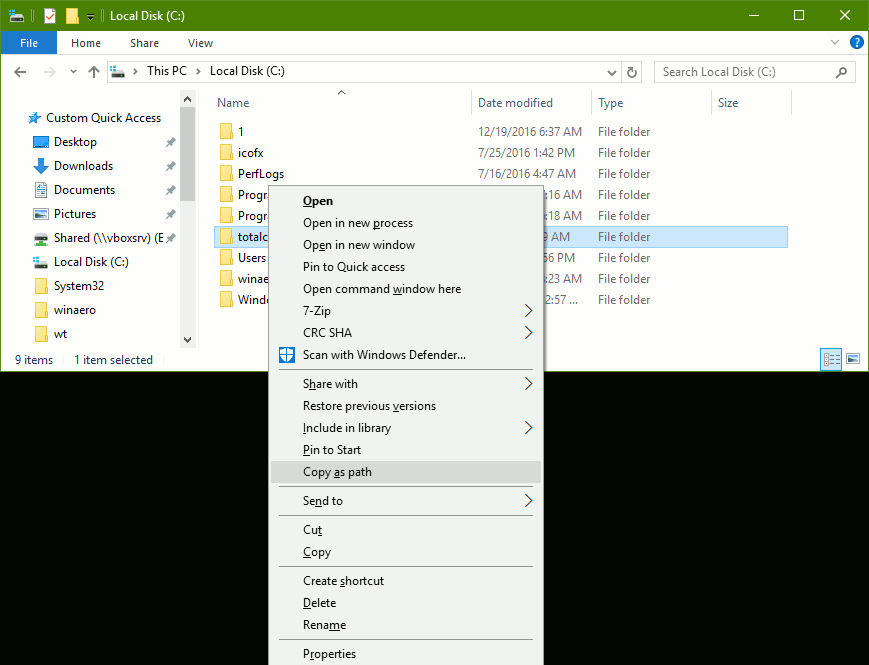Add To Path Windows
If you’ve ever rooted your Android phone or have installed a custom recovery, you’ve most likely been through the process of setting up ADB and Fastboot on your Windows PC. So you and I, we both know it’s never easier to setup ADB on a Windows machine unless you’re using one of those one click ADB installers (which, indeed are a much better option than going through the hassle of setting up the whole thing yourself).
This tutorial shows you how to set a JAVAHOME system variable on Windows 10. Tested with: Windows 10; JDK 1.8; 1. Advanced System Settings. Type advanced system settings in the search box (beside the Windows start button), clicks View advanced system settings. Add directory to system path environment variable: Remove path from system path environment variable: For user environment varlables, admin privileges are not required. We can run the below command to add a directory to user path environment variable. To remove a directory from user path, you can run the below command.
Installing ADB via the Android SDK on your Windows PC in easy, but having to navigate to the adb and fastboot installation folder and open a command window inside the folder to issue a command is too much effort.

What you want is a universally set path to ADB and Fastboot directory on your Windows Command line. Below’s a quick guide to add ADB path to Windows command window:
- Open Start menu, search for “Advance system settings” and open it.
└ Or right-click on “My Computer” and select “Advanced system settings”. - Select “Environment Variables”.
- Click on the “New” button under user variables section and input the following:
└ Tip: Use the “Browse directory” button to select ADB and Fastboot folder.
- Select “Ok” once you’re done adding the variables.
That’s all. ADB and Fastboot path should now be set on your Windows PC.
Happy Androiding!
In this tutorial I will show you how to set JAVA_HOME as environment variable in Windows 10 operating system.
Why do I need to set JAVA_HOME?
Many Java based programs like Tomcat require JAVA_HOME to be set as environment variable to work correctly. Please note JAVA_HOME should point to a JDK directory not a JRE one. The point of setting the environment variable is to let programs know in which directory executables like javac can be found.
1. Open Advanced System Settings
In Windows 10 press Windows key + Pause Key, This will open the System Settings window. Go to Change settings and select the Advanced tab.
Alternatively:
Open “Windows search” – you will find it next to the Windows logo
1. In the search field type in – advanced system settings
2. Click on the match on top of the list
Search for advanced system settings in Windows 10
2. Set JAVA_HOME Environment variable
In “System Properties window” click “Environment Variables…”
Under “System variables” click the “New…” button and enter JAVA_HOME as “Variable name” and the path to your Java JDK directory under “Variable value”
Add JAVA_HOME as system variable
Add To Path Windows Command Line
3. Update System PATH
1. In “Environment Variables” window under “System variables” select Path
2. Click on “Edit…”
3. In “Edit environment variable” window click “New”
4. Type in %JAVA_HOME%bin
4. Test your configuration
Open a new command prompt and type in:
this will print out the directory JAVA_HOME points to or empty line if the environment variable is not set correctly

Now type in:
this will print out the version of the java compiler if the Path variable is set correctly or “javac is not recognized as an internal or external command…” otherwise
Test JAVA_HOME and system path
Related Tutorials
- How to Install and Configure Tomcat 8
Apache Tomcat is the most common and popular java-based web container available today. In this tutorial I will show you how to install Tomcat 8…
- Run Tomcat from Eclipse
In this tutorial I will show you how to set up and run Apache Tomcat 8 from Eclipse IDE So why bother running Tomcat from…
- Install Java 8 JDK on Ubuntu
In this tutorial you will learn how to install latest Java 8 on Ubuntu or LinuxMint via PPA. If you are using Windows please check…